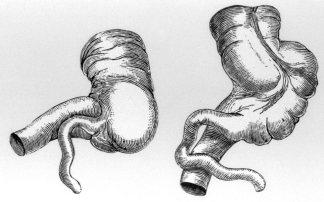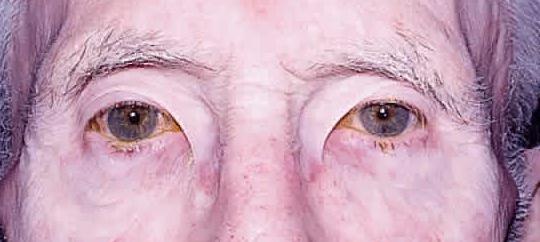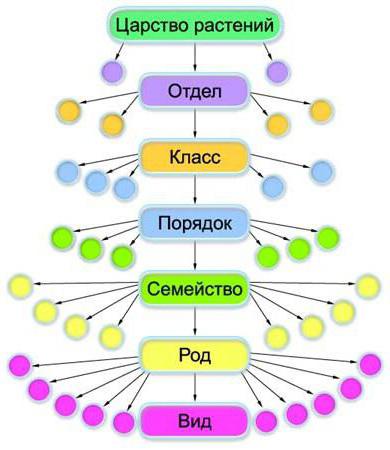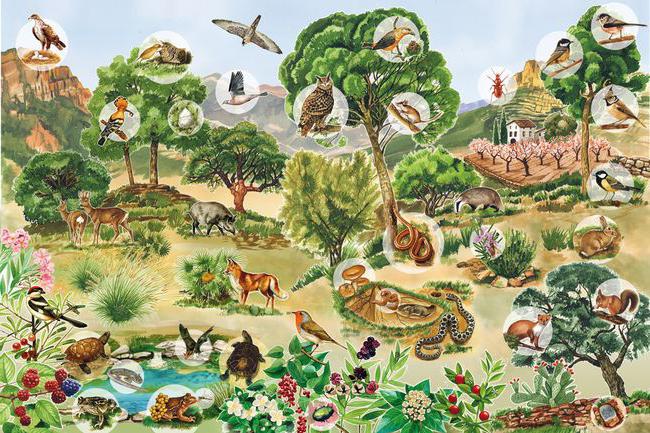A rudiment is a body whose main purposewas lost in the process of evolutionary development of the organism. Structures that are reduced and differ in their lower abilities compared to the corresponding structures in other organisms also fall under this concept. It was believed that rudimentary bodies were completely useless, but many of them still perform some insignificant or relatively simple functions with the help of structures most likely intended for more complex purposes.
Strange gifts of evolution

By the beginning of the XIX century, comparative anatomy,also known as comparative morphology, developed as an independent biological discipline that considers the general patterns of development and structure of organs by comparing various types of living beings at different stages of embryogenesis. It became the evidence base of the origin of man from other representatives of the animal world. Anatomists revealed the same organs in different organisms, differing in size and shape. Cases of complete absence of some of them or relatively poor development compared with the same organs in other species were observed. Underdeveloped organs began to be called rudimentary (from the Latin. Rudimentum - "the initial step, the germ"). They seemed useless and were on their way to extinction.
Rudiment is a body that was laid in the course ofembryonic development, but over time ceased to develop. In adult forms, he later remained in an underdeveloped state. Similar organs or parts of them can be found in almost every animal and plant species. Compared with homologous (similar) structures of close organisms, they are either underdeveloped or deprived of any important component.

There are similar organs in our body. For example, wisdom teeth are the rudiment of man. it also organs such as the third eyelid, orepicanthus, coccyx, vermiform process of the cecum, ear muscles, causing their mobility, hair on the body, limbs. In total, they can be counted in more than 100 in the human body. They are the remains of those organs that, in their respective ancestral form, had a fully developed appearance.
Evidence of the historical development of the organic world
Rudimentary organs as a result of anychanges in the environment, in the way of life of a certain species lost their significance for survival and gradually ceased to function. We should not forget about constantly occurring mutations, which led to a decrease in the size of various organs, weakening of their functions. In the case of their considerable significance for survival, the undergoing mutations of organisms were eliminated.
The structure, which is in the process of elimination, is referred to as “rudiment”. it peculiar evolutionary process based onmutations, hereditary changes of some individuals. In organisms with little development of the system of regulatory correlations (interrelations), coadaptation of parts is slowly realized. It takes place in the order of natural selection of more vital, harmonious correlations. This is a mutual regular functional adaptation in the course of the evolutionary transformation of any organs of one individual or their group, as well as various living creatures of the same biocenosis.
A similar example of a rudimentary structureperson can serve appendix (vermiform process). This is a residue of blind growth, which was once a large functioning organ in the digestive system of herbivores. Its functions are quite clear. Fiber-rich food for its digestion takes a long time, blind growth is a place in which the gradual process of digestion of plant cellulose takes place with the participation of the microorganisms inhabiting it. In the course of evolutionary development, our ancestors began to use less fiber and more meat, which led to a gradual decrease in blind growth. He turned into a rudiment, but far from useless. Its role in maintaining human immunity is quite significant. The appendix retains the original microflora of the colon, as an incubator of E. coli. It is much more difficult for people with a removed appendix after suffering infectious diseases to return the intestinal microflora to normal. That is why the vermiform process is often called a kind of farm for the reproduction of beneficial microorganisms. There are allegations that the removal of the appendix increases the risk of malignant tumors.
Animal rudiments

Other sentient beings also have quite a feworgans that have lost their functions during the natural historical development of organisms and are on the way to extinction. These are, for example, bones located in the thickness of the abdominal muscles in pythons and whales, which are the rudiments of the hind limbs. The rudimentary organ in animals that live in the dark are the eyes. In wingless birds, these are the rudimentary bones of the wing. There are quite a few organs that have lost their original meaning, and in plants. So, on the rhizomes of lily of the valley, wheat grass, fern scales were found, which are the rudiments of leaves. Underdeveloped stamens are clearly visible in the marginal inflorescences of the Compositae flowers under a magnifying glass. In the staminate cucumber flowers, the rest of the pistil found in the center of the tubercle is also a rudiment. This is all essential evidence of the historical development of the organic world.
Atavism
Scientists also identify manifestations of certainindividuals signs that were characteristic of their distant ancestors, but are absent from the closest representatives. Such manifestations are called atavism. Their most characteristic examples are the caudal appendage, fistulas in the throat, excessively pronounced hair, the presence of additional pairs of mammary glands and others. These signs, lost in the course of evolution, are a rare exception.
It should be noted that atavism and rudiments arenot identical concepts. The rudiments are present in all specimens of the species, they have certain functions. Atavisms are found only in some representatives and do not bear any functions. They, by the way, should not be confused with developmental anomalies that have a different nature, such as branched ribs, cleft lip, six-fist phenomenon and others.

All discovered rudiments and atavisms are signs that соответствующие определенному этапу развития evolutionary tree. The clear evidence of this is that organs that have become useless to the body can persist for a long period of time, gradually reducing and collapsing later due to mutations.
In modern biological science and today inthe focus of research on the genome of living beings, including humans. The data on the origin of the rudimentary organs will help to answer one of the pressing questions about which genes are included or blocked during the development and reduction of the rudimentary organs.
"Rudimentary body" in the technique
The concept of rudiment in a figurative sense asa relic of a vanished phenomenon is used in engineering. In the development of technological progress there is a clear analogy with biological evolution. It is also often rudiments called parts of machinery, machines or other devices that have lost their meaning at the present stage of development of a particular system, but continued to be maintained in order to be compatible with previously adopted standards. Examples of rudiments in computer technology are modem, floppy disk drive. In automotive technology, the “rudimentary body” is the ignition lock, in aviation such an example is an automatic radio compass.








